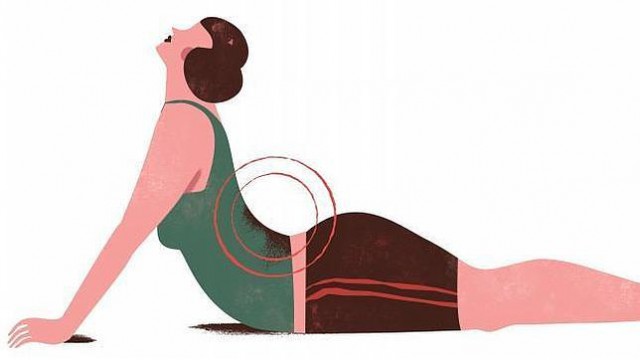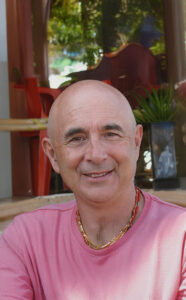Back Pain, the Pelvis, and Craniosacral Osteopathy
“The design of our spine is one of the most fascinating mysteries of biology. The structure of these 33 vertebrae, along with the fiber and cartilage discs that connect them and the ligaments that hold them together, allow for exceptional strength and flexibility. But at the same time, it represents our Achilles’ heel, our weakest point.” We could call the various types of back pain the affliction of modern society or of a sedentary society.
We have recently received two very significant data points:
– 80% of the Western population suffers from back pain
– Lower back pain is the leading cause of disability worldwide, surpassing cardiovascular disease.
The lumbosacral area is especially vulnerable to compressive forces and stress: common falls in childhood, accidents, childbirth, neuromuscular problems, overuse of the body in sports or work, postural causes, the sedentary lifestyle of modern life, and even emotional problems…
“A recent study in the Annals of the Rheumatic Diseases (a specialized publication of the British Medical Journal) indicates that low back pain, inflammation of the area surrounding the lumbar vertebrae, is the most disabling disease of all, meaning it causes the most and longest absences from work.”
In Craniosacral Therapy, using a very gentle touch, we use different techniques to unlock the lumbar region and hips, such as L5-S1 decompression, the fascial technique of the transverse planes of the pelvic diaphragm, and sacroiliac decompression, which will help restore pelvic balance.
Ida Rolf, creator of Rofing, called the hip “the joint that determines symmetry” because in a standing, upright human, the small differences between the two hips often branch out downward, toward the legs, or upward, toward the trunk. Helping the body regain its balance is a very important goal of Craniosacral and Rebalancing.
A very important role, which I discuss in another article, is the work of the fascia, which is largely forgotten in many classical physiotherapy techniques. The human body possesses a functional unity: all systems are interdependent and interrelated. These connections are primarily made by the fascia (singular), that is, the set of connective tissue structures that envelop, support, and form all the structures of the body, such as bone, the musculoskeletal system, organs, viscera, and the nervous and circulatory systems. All the different fascial structures of the body originate from the same embryonic layer and all connect to each other, thus ensuring the unity of the body. The term fascia refers to any type of connective tissue membrane whose main function is the support, maintenance and cohesion of organs, viscera, muscles, blood vessels, bones, and the nervous system. Fascia is derived from the embryonic layer of the mesoderm, which is the origin of all body tissues except the skin and mucous membranes. Present at all levels of the body, it not only envelops every structure, muscle, organ, nerve, vessel, etc., but also insinuates itself into the interior of each of these to form its matrix and support. Thus, it is the sheath that erects and models the anatomical form, present everywhere; it is interrupted only in the cell, which is immersed in its fundamental substance. Fascia is a superficial covering throughout the body, which divides numerous times until it becomes increasingly deeper. In Craniosacral Osteopathy and Rebalancing, fascial work is of fundamental importance because it directly influences spinal pain and thus addresses the underlying causes of pain.
Related links:
https://www.craneosacral-panizo.com/tratamientos/
https://www.craneosacral-panizo.com/tratamientos/rebalancing/



